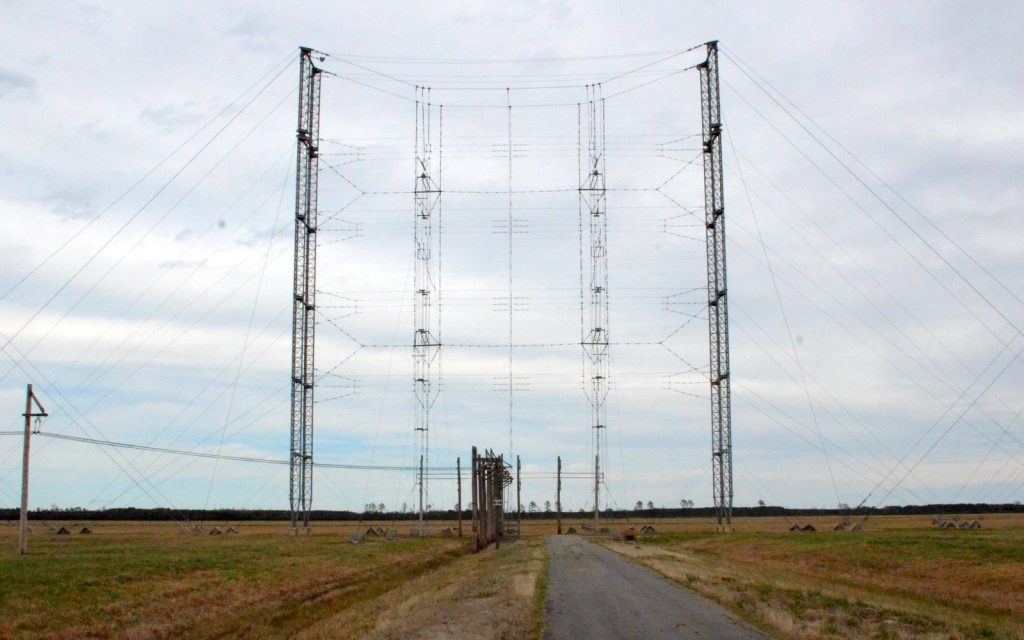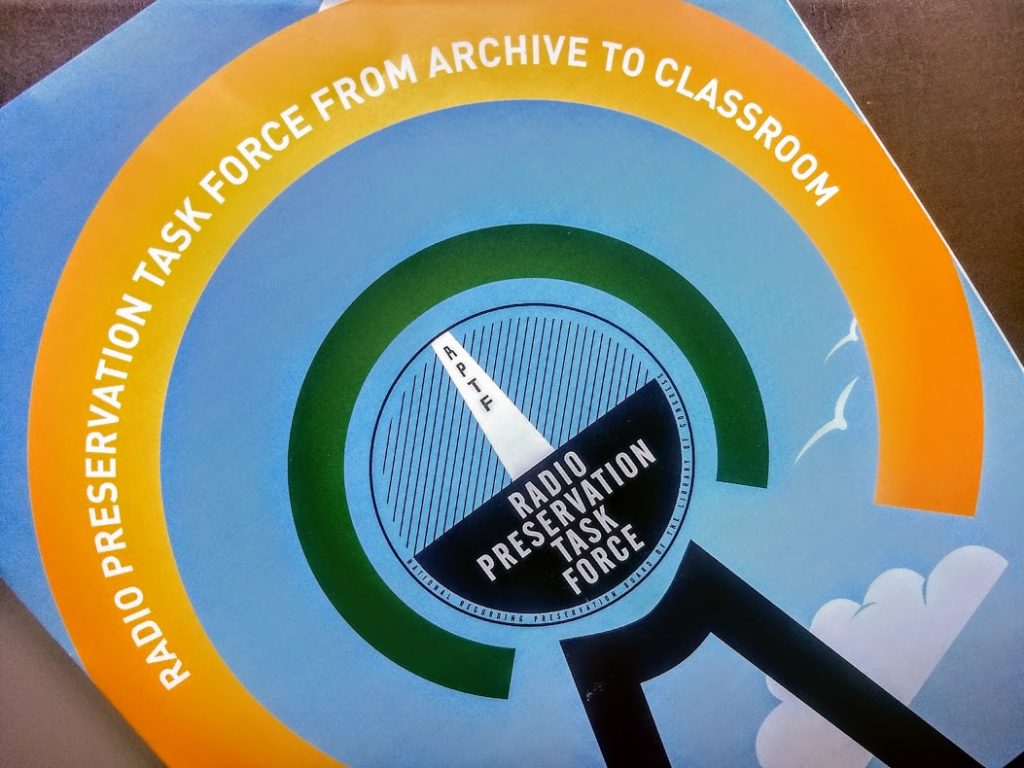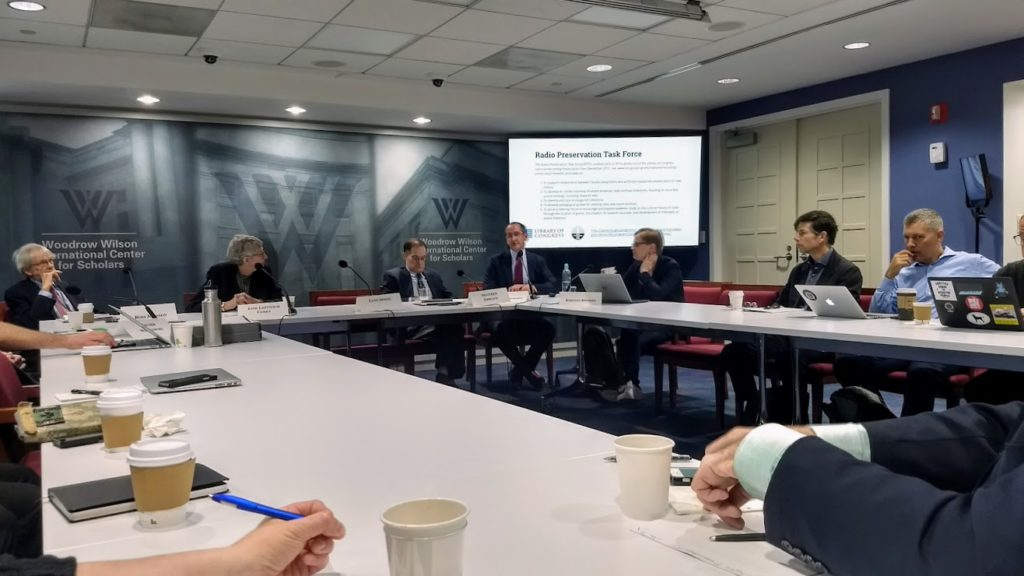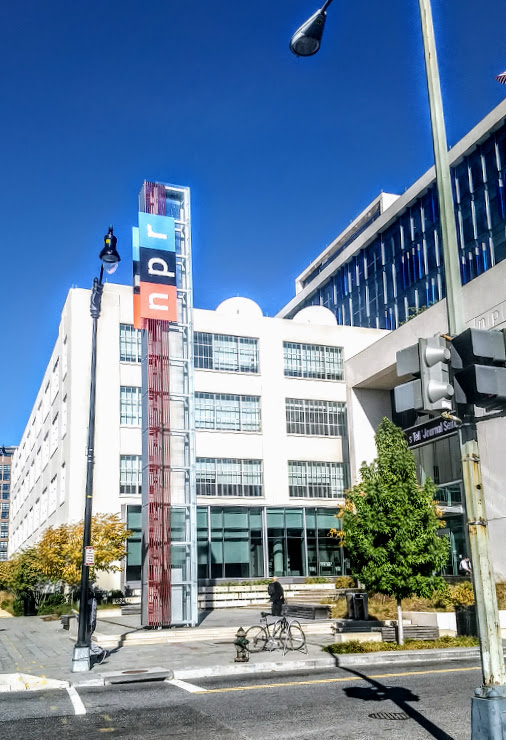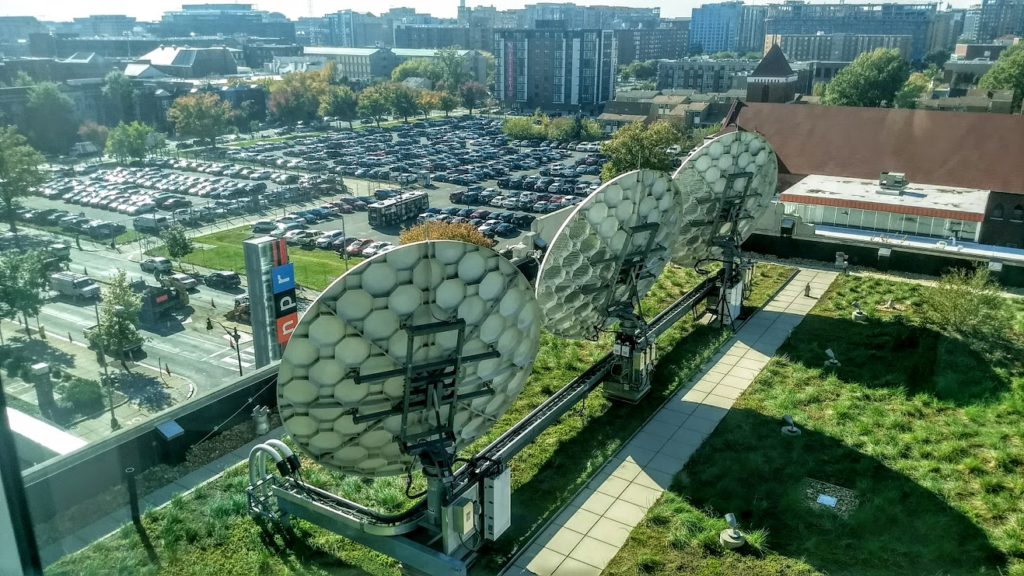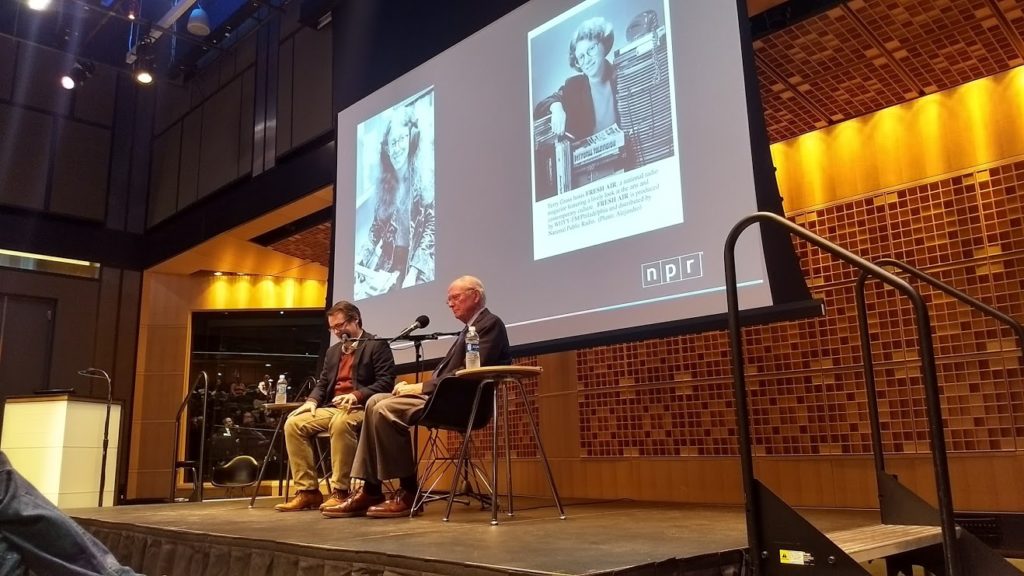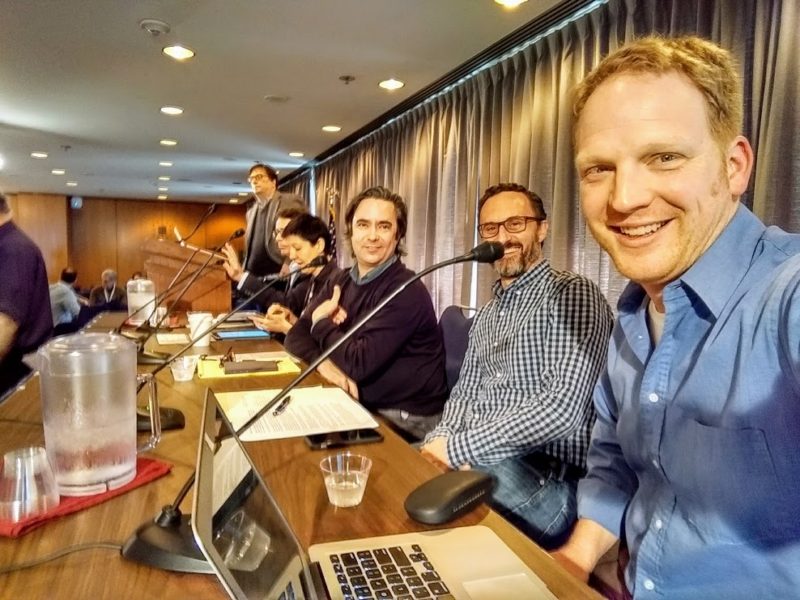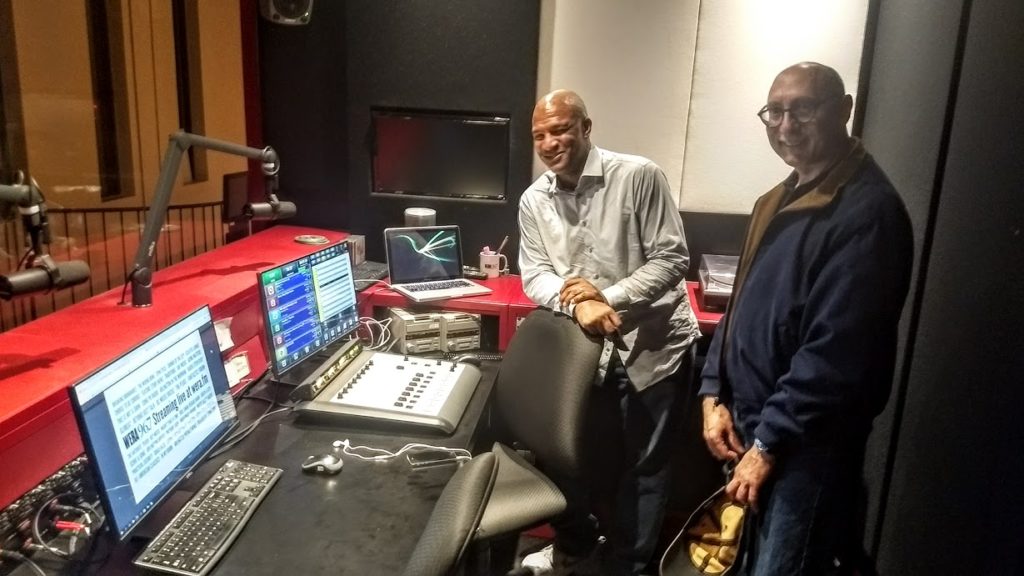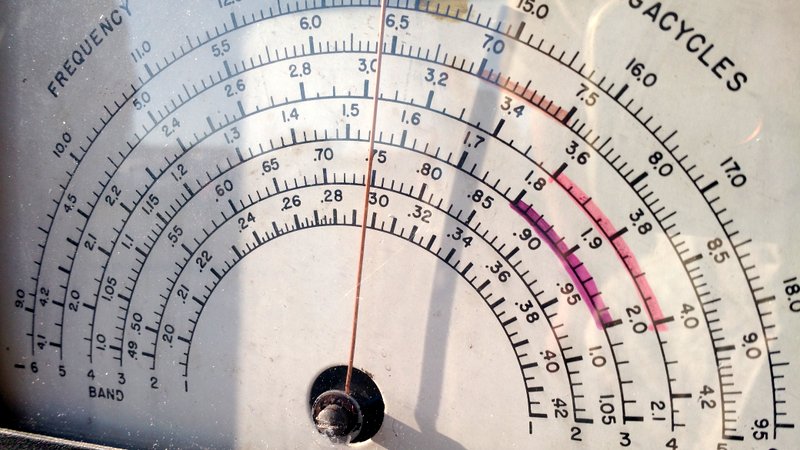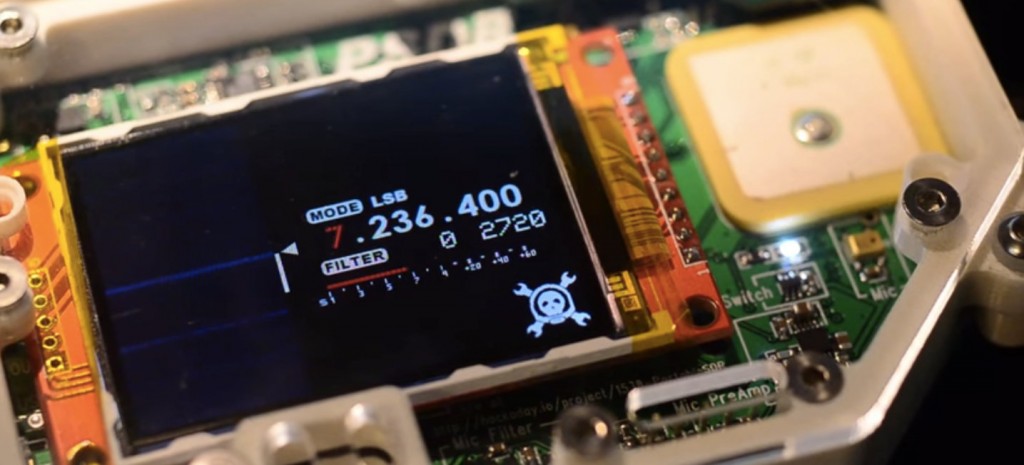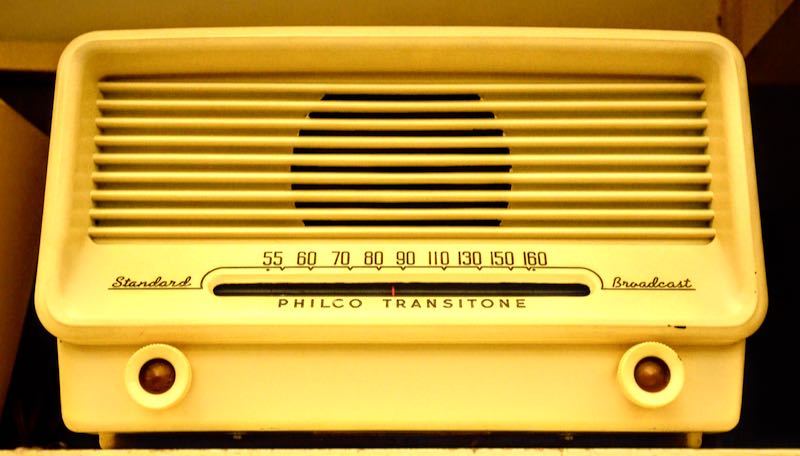 Radio Waves: Stories Making Waves in the World of Radio
Radio Waves: Stories Making Waves in the World of Radio
Because I keep my ear to the waves, as well as receive many tips from others who do the same, I find myself privy to radio-related stories that might interest SWLing Post readers. To that end: Welcome to the SWLing Post’s Radio Waves, a collection of links to interesting stories making waves in the world of radio. Enjoy!
Many thanks to SWLing Post contributors Ed, Paul, Bennett Kobb, and Kanwar Sandhu for the following tips:
Questions Remain as New HF Stations Wait for Licenses (DMRNA.info)
Here is the story by Bennett Kobb:
As previously reported here at DRMNA.info, the New York company Turms Tech LLC has applied to the FCC for a license for International Broadcast Station WIPE in New Jersey. The license would cover a station already built under a FCC Construction Permit, and would allow it to begin regular operations.The FCC announced on August 13, 2020 that this license application was accepted for filing, a routine stage at which the FCC examines the application, and might even visit the station, and if everything is in order it will be licensed.
We’re not sure everything is in order. The application for Construction Permit placed the transmitter site at N 40° 57′ 40.38″, W 73° 55′ 23.97″, the broadcast and communications center surrounding the famous Armstrong Tower at Alpine NJ. Its Application for License, however, specifies N 40° 51′ 40″, W 73° 55′ 23″. (Hat tip to Alex P for noting this discrepancy. More about him below.)
While the substitution of 51 for 57 in the coordinates might seem a simple typo, the FCC typically has no sense of humor about coordinate errors. Commission examiners may wonder why a station intended for a historic radio-TV facility ended up among some Manhattan apartments.
The deeper question with WIPE and another, apparently similar station WPBC, is what these stations are really for and what that means for the FCC Rules. WIPE was extremely vague about its program plans, but told the FCC that it will transmit data obtained from third parties using Digital Radio Mondiale. Putting that tidbit together with exposures in a series of public articles in the media and tech blogs, it would seem that audio programming will not be the central mission of this peculiarly named station, whose principal is a financial executive and forestry entrepreneur without any broadcast experience we could find.
We suspect instead that the WIPE data stream will be used not for broadcasting to the public — the only function permitted to International Broadcast Stations under FCC Rules — but instead will be used for private communication with foreign exchanges for high-speed trading.[…]
KSWL-TV tower crashed into buildings near 210 Interstate Hwy (Brad Dye)
Images of tower damage in Lake Charles, LA Bottom photo by KATC-TV of KSWL-TV tower crashed into buildings near 210 Interstate Hwy
After bombarding coastal areas of southern Louisiana with wind gusts up to 130 mph and a storm surge over nine feet as a hurricane, Laura swept north while also spreading over Arkansas Thursday. Laura weakened to a tropical storm early Thursday afternoon, with winds at 70 mph, according to the National Hurricane Center. Laura is predicted to move through the Tennessee Valley and the Mid-Atlantic today into tomorrow.
Power outages from the storms totaled over 900,000 as of Thursday afternoon, according to PowerOutageUS. The site collects data from utilities nationwide. The bulk of the outages were in Louisiana and Texas, according to ABC News. Mississippi reportedly had over 9,400 customers without power as of Thursday morning, reported the Clarion Ledger.
Louisiana and Texas had the most cell site outages as of Thursday mid-day, according to the FCC’s Disaster Information Reporting System. Of the 4,650 cell sites served in Louisiana, 380 were not working. Over 200 of the site outages were due to a lack of power, 141 had a transport issue and 16 were damaged.
Calcasieu and Cameron counties were hit especially hard. 140 sites (75 percent) were not working in Calcasieu County and 20 (69 percent) were out in Cameron County.
Of the 17,621 cell sites served in Texas, 113 were non-operational.
Jefferson County was the hardest hit, with 39 (15.8 percent) out of 247 sites not working. Just over 45 of the non-working sites were out due to a lack of power, 41 for transport reasons and 20 were damaged, according to DIRS.
Cable and wireline companies reported 192,915 subscribers out of service in the affected areas; this may include the loss of telephone, television, and/or Internet services.
Three television stations, five FMs and one AM reported they were off-air.[…]
Ham radio is dying! No it’s not, it’s evolving (K0LWC)
I’ve heard ham radio is dying since as far back as I can remember. It’s one of those common sayings you always hear. Like, “get off my lawn,” and “kids these days.” But is it true? Is there any evidence to support this? Let’s take a closer look.
Data from the ARRL shows that ham radio licensees are increasing. When you look at the chart above, you see two significant markers that are likely driving this growth.
- The removal of the code requirement by the FCC.
- The economic collapse of 2008.
The Morse code requirement was always an intimidating part of obtaining your General FCC license. Learning Morse code is like learning a second language. It takes time and effort to learn, and that’s not a bad thing. However, it doesn’t change that it scared many people away from the hobby. When the FCC removed this requirement in 2007, I believe it opened the door for many who spent years on the fence. Then you have the economic downturn of 2008. What does that have to do with ham radio? A lot.
After the economic downturn, the United States watched as survivalism, now commonly calling “prepping,” entered mainstream culture. People were worried as the country was involved in multiple wars and our economy was on the brink of collapse. Citizens stocked up on food storage, water, firearms, and…communications equipment. As our country spiraled into more turmoil ham radio licenses steadily increased to more than 750,000 by the end of 2019.[…]
The Vintage Radio Repair Man (Great Big Story–YouTube)
Click here to watch on YouTube.
Do you enjoy the SWLing Post?
Please consider supporting us via Patreon or our Coffee Fund!
Your support makes articles like this one possible. Thank you!



